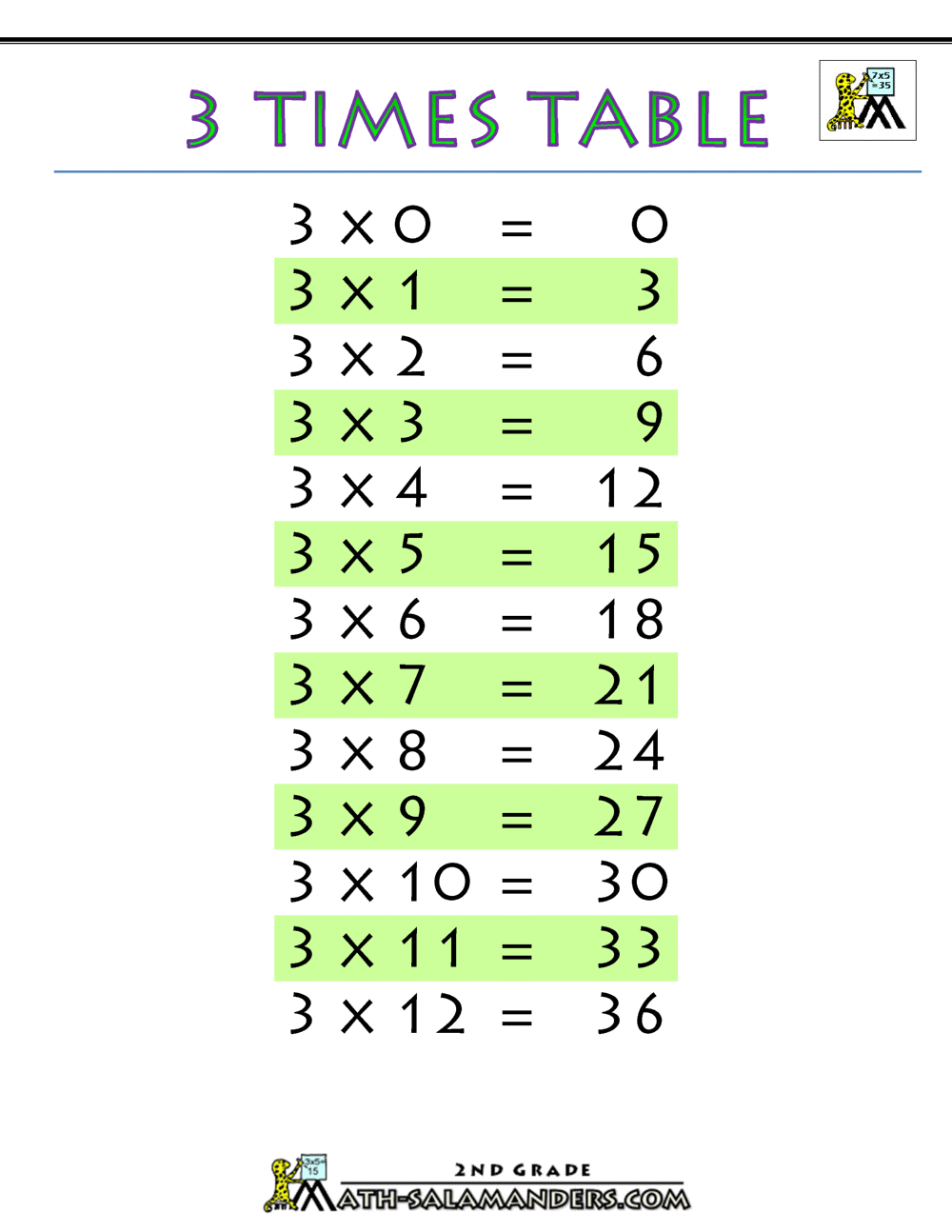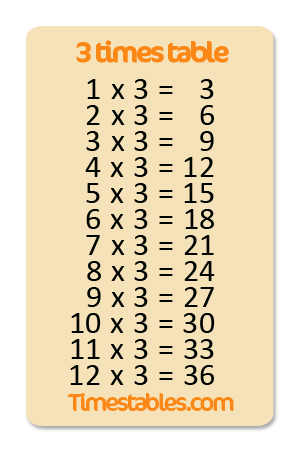
This game works best if the children have had sufficient opportunities to practise in advance, so working in pairs for a few minutes each day can be fun. The first player to get the correct answer remains on their chair and faces another opponent. The calculation that needs to be solved is 7 x 2. For example, one player may hold up 7 fingers and the other may hold up 2. Just like rock, paper, scissors except on the third lowering of your fist, you reveal a number with your fingers. Two pupils would be picked to go head to head. This was one of my Year 6 maths class’ favourite activities: the Rock, Paper, Times Tables championship. If you wish to push your pupils, vary the language you use and don’t forget to include square numbers and square roots too.

Print and play!īingo works well with large groups of pupils, however, for pairs or smaller groups, you can easily focus on the times tables they need to consolidate.īe sure to include related division facts as well, as these are often neglected, meaning that recall isn’t as quick as it could be. We make times tables bingo super simple with these printable Time Table Bingo boards. Instead of calling out the numbers, use times tables questions instead. Bubbles, a pencil or even a sticker all make the game worth playing. Who doesn’t like engaging in a game of Bingo? Especially exciting when there is a prize on offer at the end. Here are five fun times tables games to play that are perfect for use with elementary/ primary school age students… and there’s not a hint of rote learning in sight!įor even more times tables games, be sure to check out our Times Tables Games Printable Pack.

Of course, rote learning does work for some children, but a more greatly varied approach is needed for others. We would do this regularly until everyone, or almost everyone, had grasped them. I have vivid memories of sitting in school, reciting times tables over and over again.


 0 kommentar(er)
0 kommentar(er)
